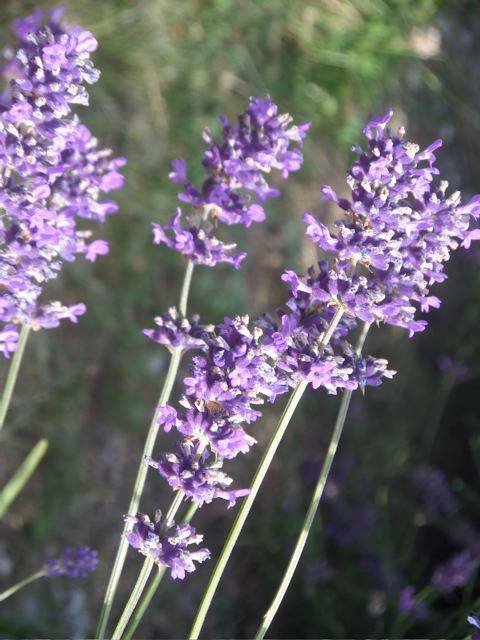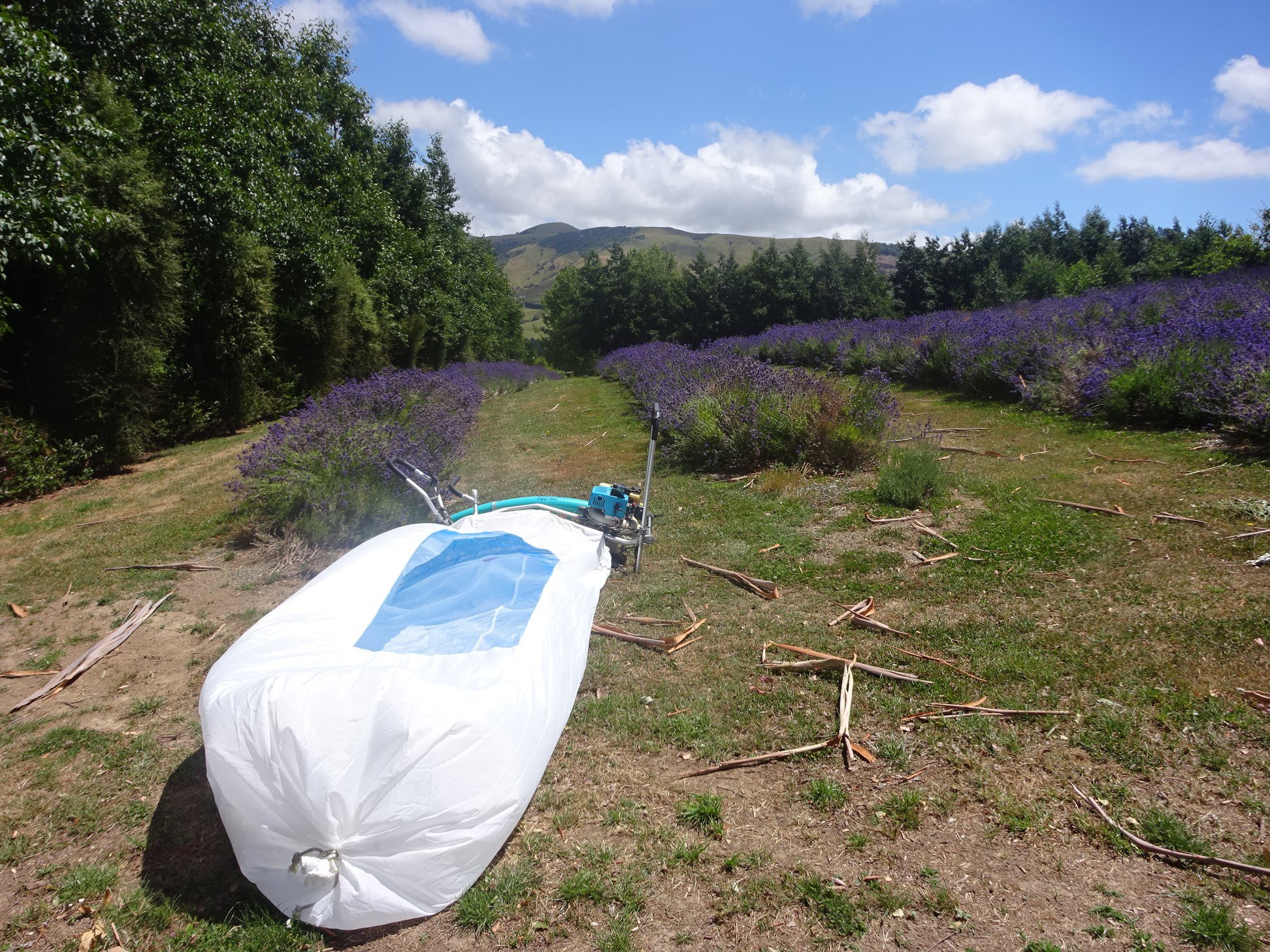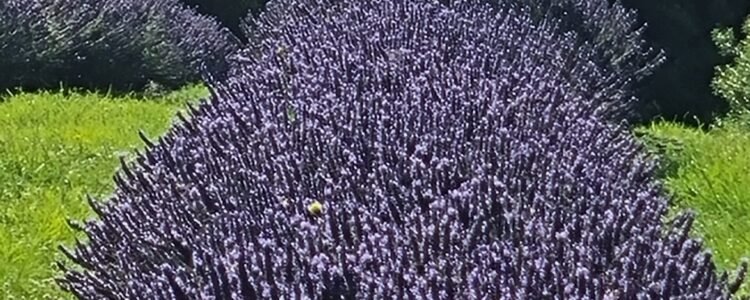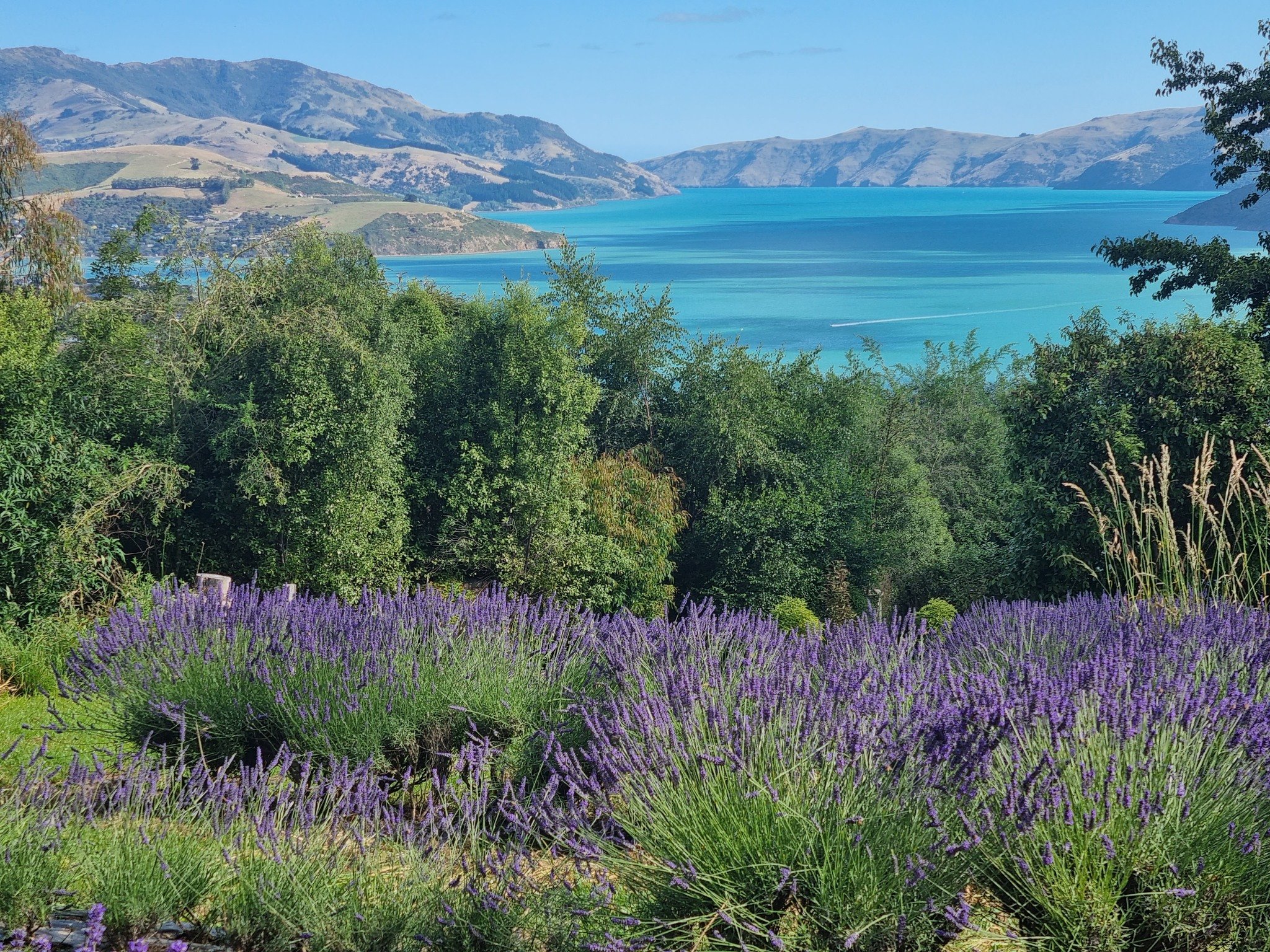
ABOUT
We are often accompanied by our two dogs who love this place as much as we do.
In our previous lives we have worked extensively in conservation, tourism, marketing and sales - both nationally and internationally.
Our philosophy is to maximise the return from this property by working within the natural boundaries of the property’s framework.
Our lavender is organically grown with the management of the remainder of the property largely following organic principles.
Having owned the owned the property for over 35 years, we have now planted over 30,000 plants - transforming the land from open grassy paddocks to a showcase of regeneration.
Native bird species now commonly found on the property include: kukupa or kereru/native pigeon, korimako/bellbird, tui, pipipi/brown creeper, titipounamu/rifleman, pīwakawaka/fantail, and ruru/morepork and kahu/hawk. Introduced species include several species of pheasant, quail, and welcome swallow.
Our ever-growing list of fauna includes, skinks, geckos and invertebrates.
When not out in the fields we specialise in sharing Aotearoa/New Zealand with the world.
For all enquiries kiaora@akaroalavender.co.nz
Malcolm and Lyn are the owners of the property and work with a team of people who support them throughout the year.
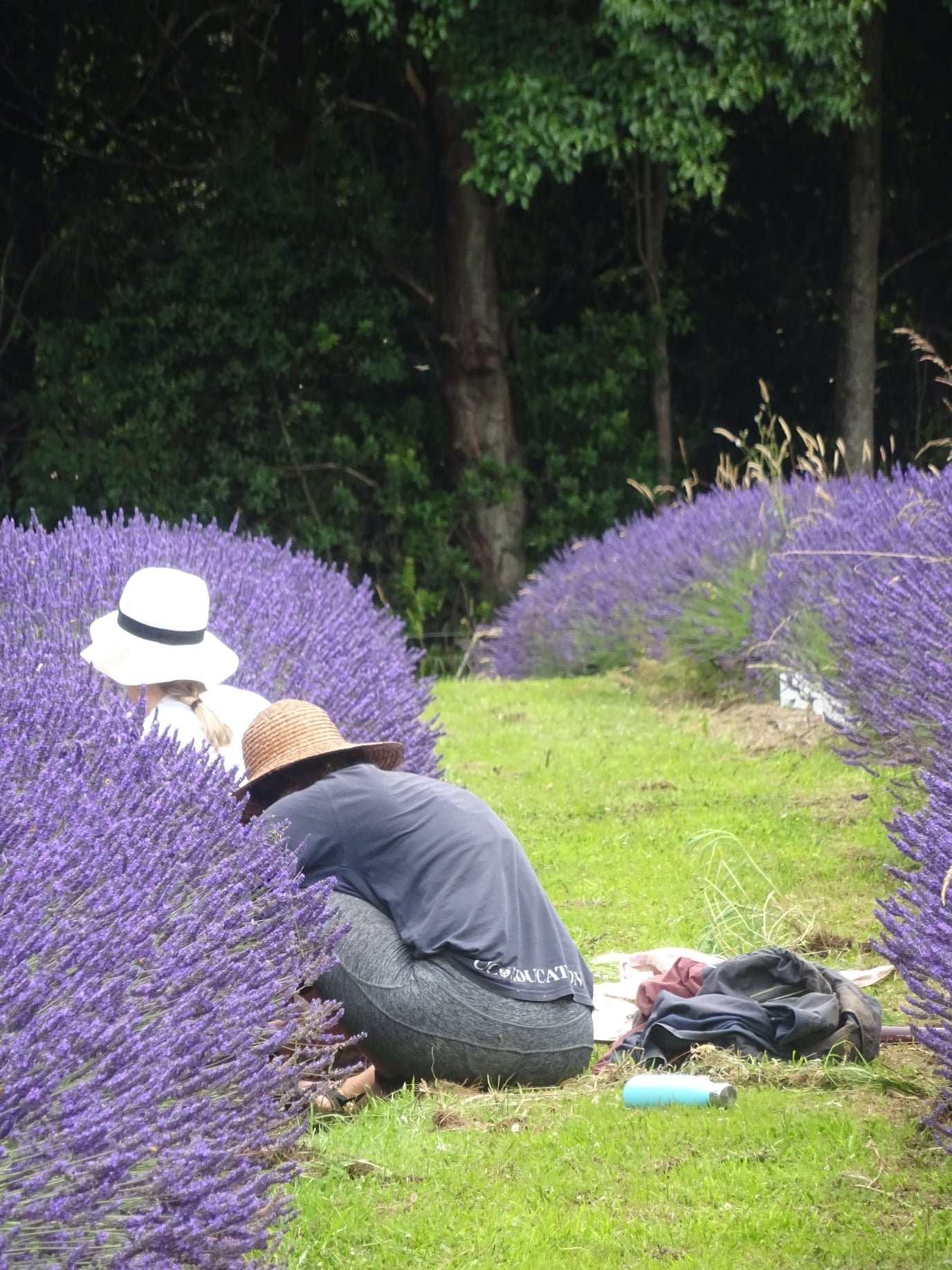

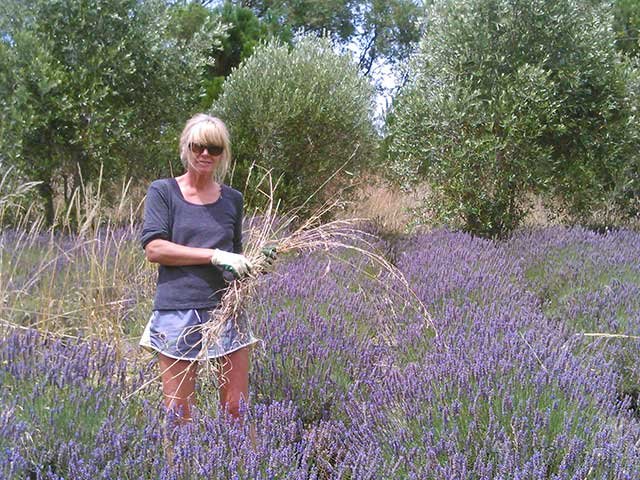
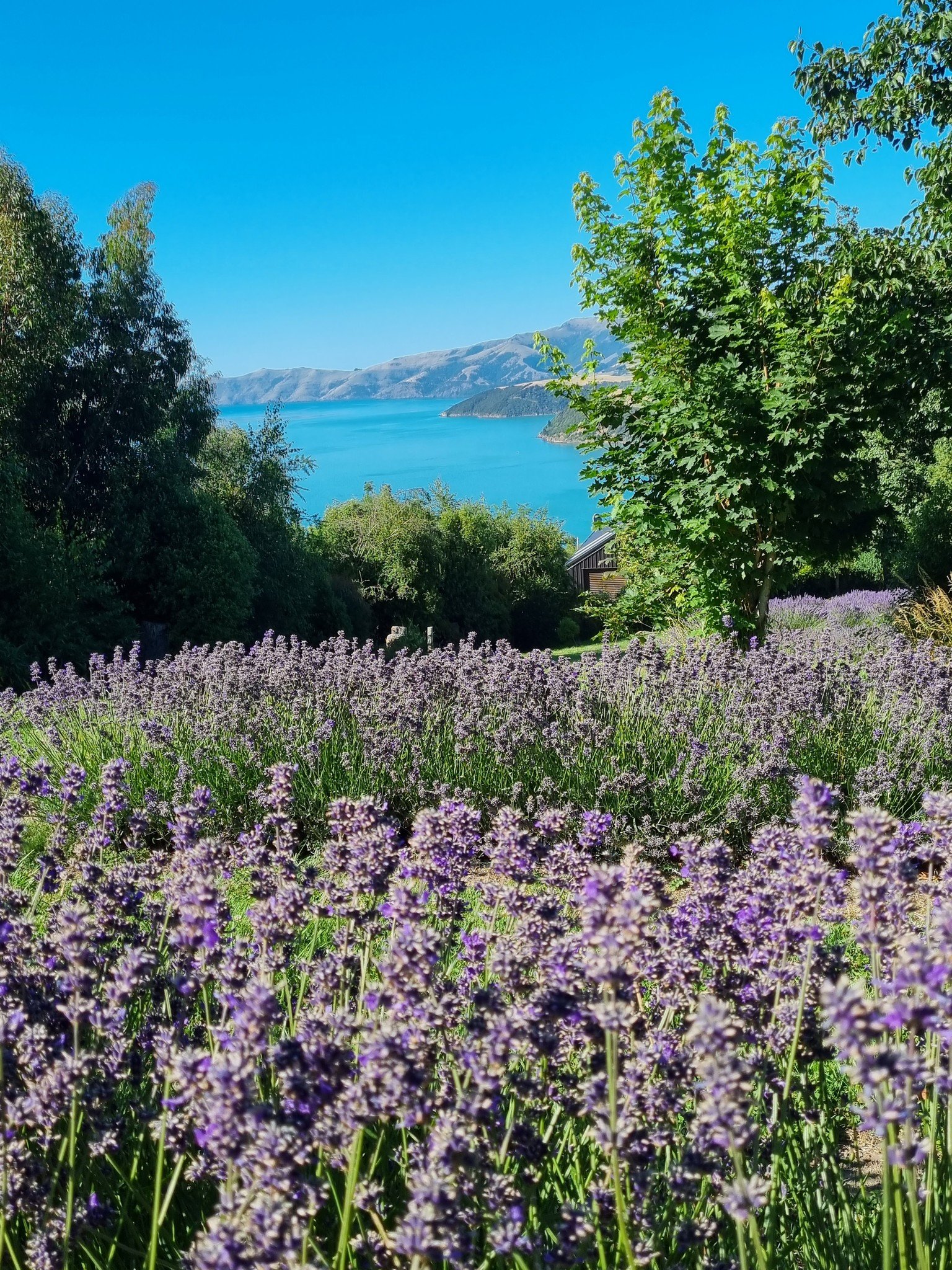

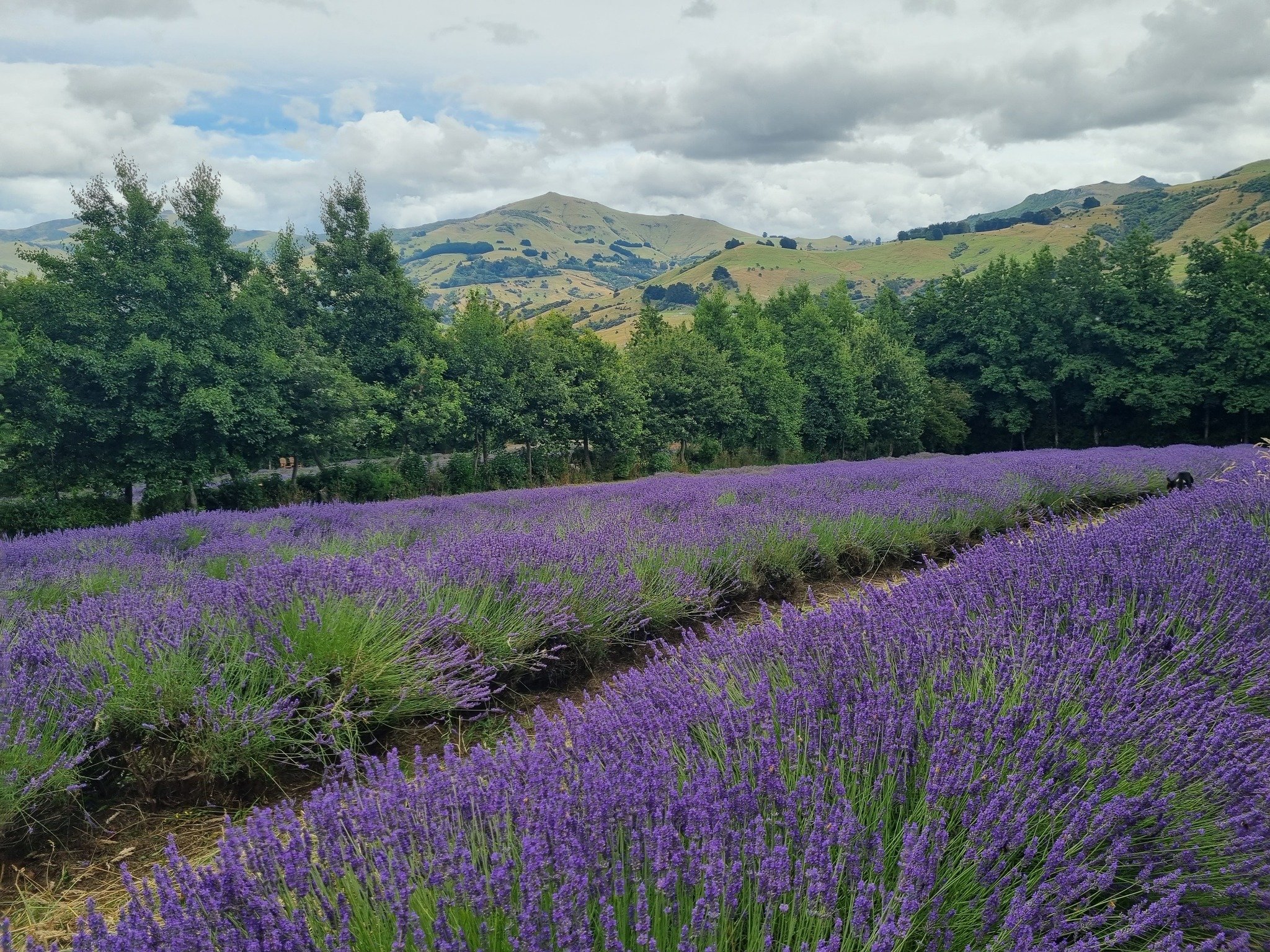
All about Lavender
Lavender is a safe and ancient oil that continues to have many uses. The name means to wash and originates from the Latin word ‘lavare’.
These may include helping with: restlessness, insomnia, nervousness, and depression, migraine headaches, toothaches, sprains, nerve pain, sores, and joint pain. Lavender also helps repel mosquitoes and other insects.
It’s ancient uses include bathing, scenting clothes, healing and antiseptic qualities, and as an insect repellant. These days lavender is widely used as: a sedative, an anti depressant, an antibiotic, an antiseptic, muscle relaxant and in the treatment of eczema. The increasingly popular art of aromatherapy is helping this natural product make a comeback.
Lavender oil is safe to use externally but should be used with caution during pregnancy.
Akaroa Lavender produces two types of lavender.
The largest amount of oil originates from plants known as Grosso. Grosso Lavandin is a naturally occurring hybrid of Lavandin angustifolia and Lavindin latifolia.
A smaller amount of oil is made from Lavandula Angustifolia known as Pacific Blue. This is a New Zealand origin lavender.
Harvest is a team effort over a couple of days.
The bright purple flowers and a small amount of the stalk are harvested during the heat of the day.
Once harvested, the crop is distilled locally by a steam process using the most experienced distillation operator in Canterbury. At the end of the distillation process the oil floats to the top and is separated off from the water generated during distillation.
The oil is then decanted into amber bottles and stored in the refrigerator.
Lavender, a little like olive oil and good wine, will change notes and texture over time. It will happily keep for seven to ten years, if kept in amber bottles, out of the sun and ideally refrigerated.
The water generated by the distillation process (with small amounts of oil in it) is used in the lavender mist products.
World-wide Grosso (Lavandula x intermedia) is the most common commercially grown lavindin for oil production.
For those wanting to try a different lavender scent, then Pacific Blue (Lavandula angustifolia), a New Zealand hybrid, is a fantastic alternative.
Making Lavender Oil
The lavender plants reach their peak flowering in either late December, early January or early February – depending on the summer’s heat units and the variety.
World-wide Grosso is the most common commercially grown lavindin for oil production.
